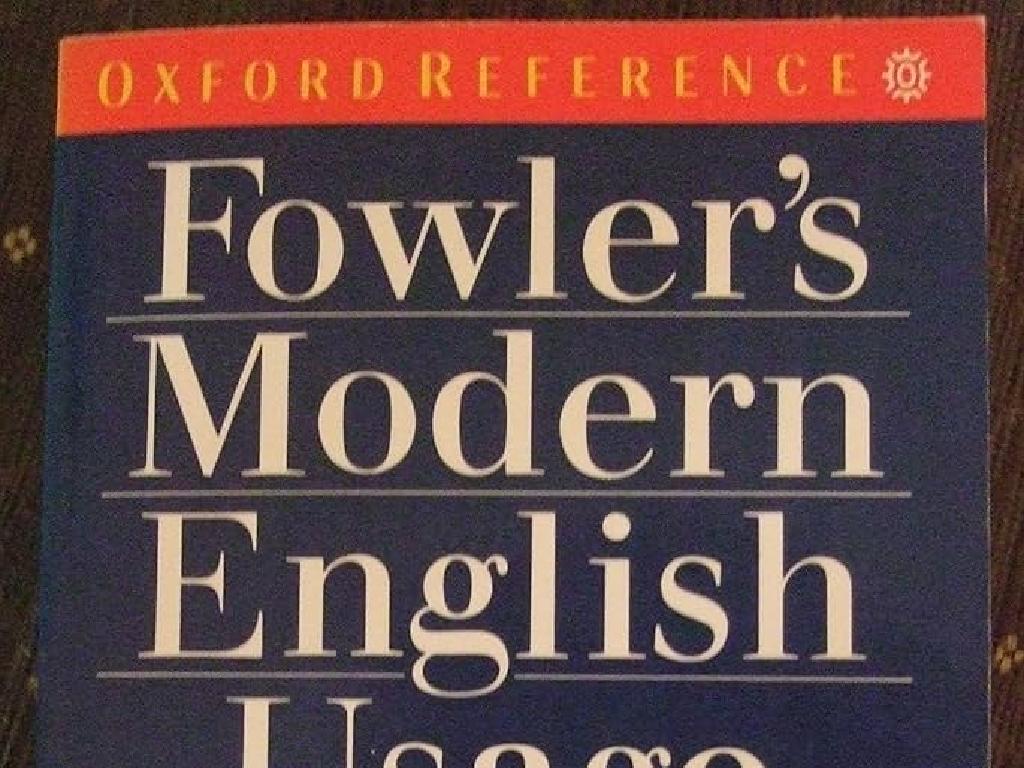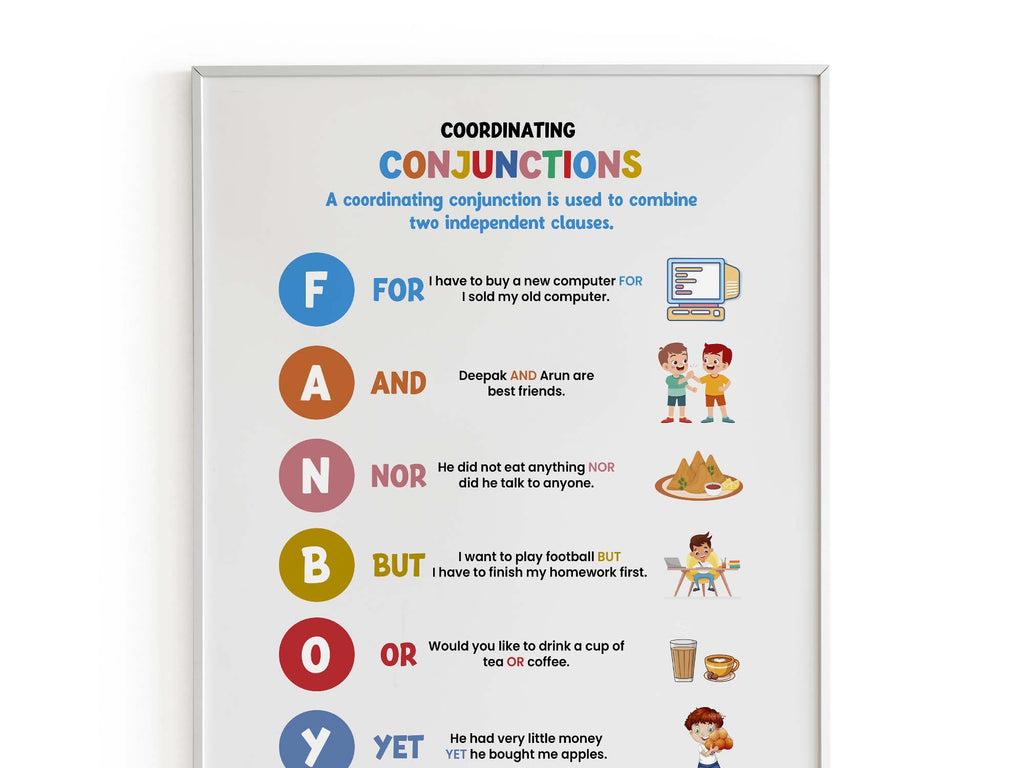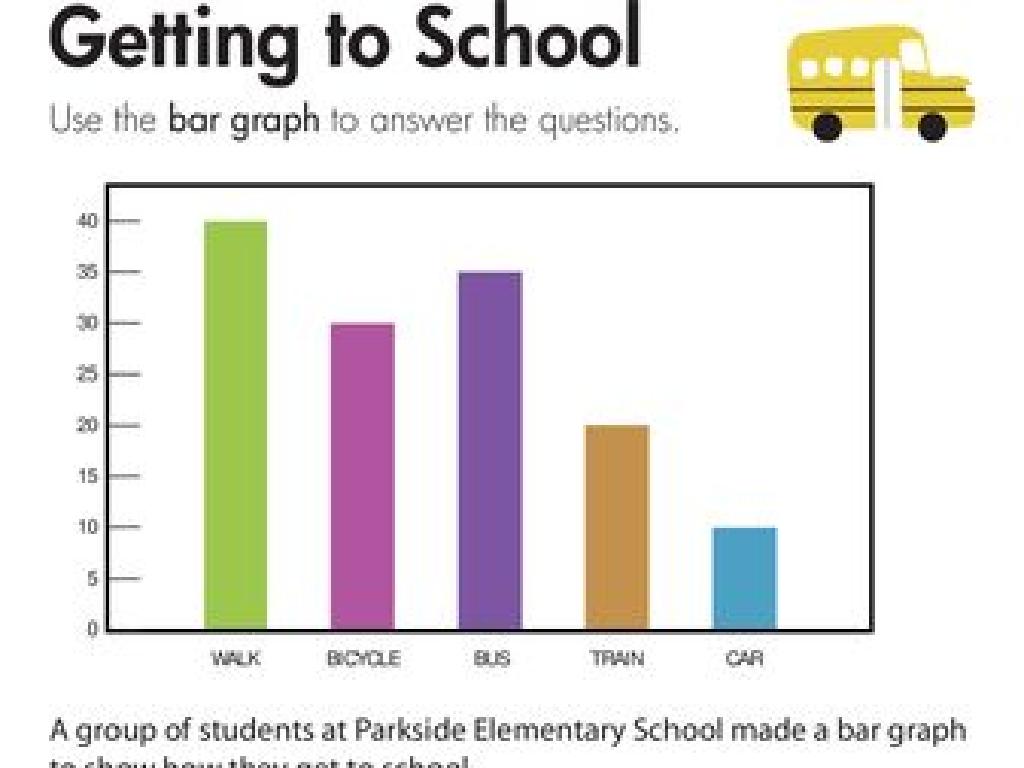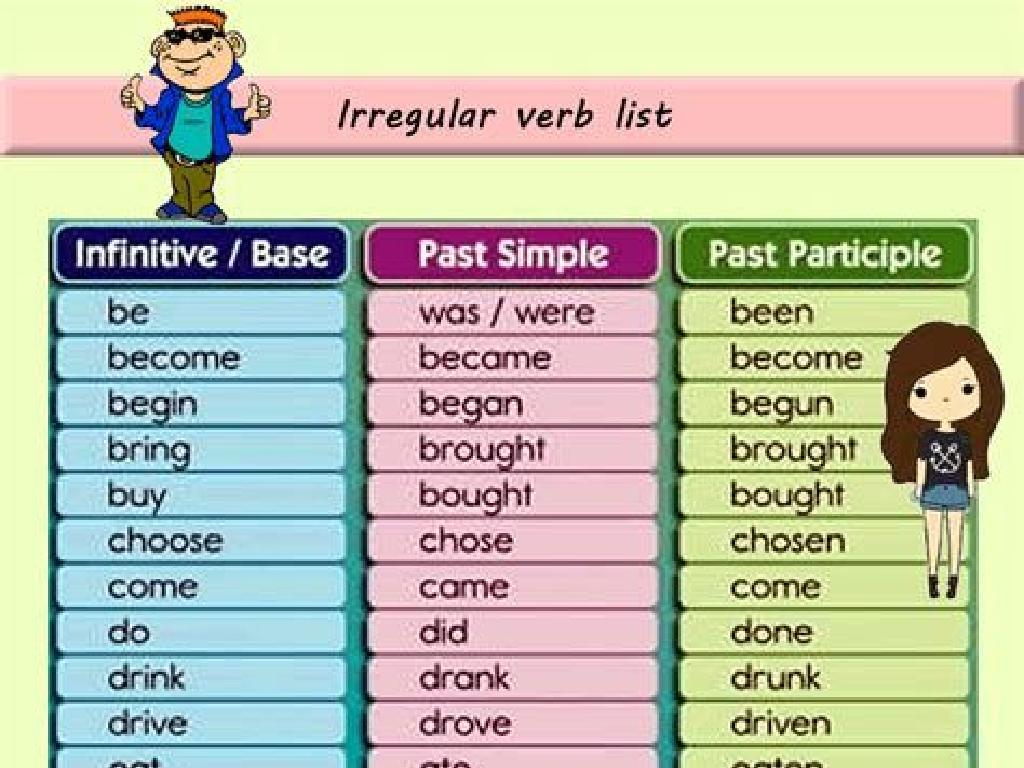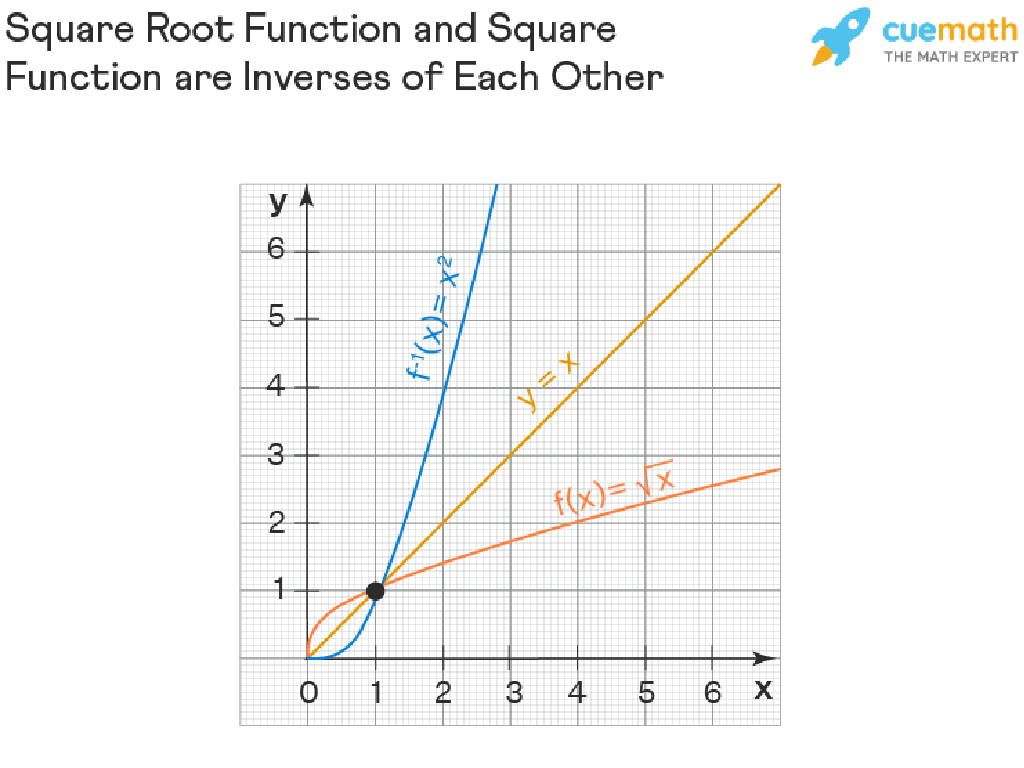Identify Solids And Liquids
Subject: Science
Grade: Second grade
Topic: States Of Matter
Please LOG IN to download the presentation. Access is available to registered users only.
View More Content
Exploring Solids and Liquids
– Solids: They keep their shape
– Examples: Rocks, chairs, and ice
– Liquids: They flow and take shape of container
– Examples: Water, milk, and juice
– States of matter: Solids, liquids, gases
– Observing everyday items
– Look around to find solids and liquids at home or school
|
This slide introduces the concept of states of matter, focusing on solids and liquids, to second-grade students. Begin by explaining that matter is anything that takes up space and can be observed in different forms, primarily solids, liquids, and gases. Use tangible examples like rocks or chairs for solids, and water or milk for liquids, to illustrate the idea that solids maintain their shape while liquids take the shape of their containers. Encourage students to observe and identify items in their surroundings, categorizing them as solids or liquids to reinforce their understanding. This activity will help them relate the concepts to real-world objects, making the learning process interactive and engaging.
Exploring Matter: Solids and Liquids
– Matter makes up everything
– Matter is what all things are made of.
– Matter has different forms
– Solids, liquids, and gases are forms of matter.
– We interact with matter daily
– Objects we see and touch are matter.
– Focus: Solids and Liquids
– Today we’ll learn about solids like rocks and liquids like water.
|
This slide introduces the concept of matter to second-grade students. Begin by explaining that matter is anything that takes up space and has mass, which includes everything around us. Highlight that matter comes in various forms, primarily solids, liquids, and gases, and that we interact with these forms of matter in our everyday lives. Use relatable examples such as toys (solids) and drinks (liquids) to illustrate the point. The focus of the lesson will be on identifying and differentiating between solids and liquids. Encourage students to think of examples of solids and liquids they have encountered. This will set the foundation for understanding the states of matter in more detail in subsequent lessons.
Exploring Solids in States of Matter
– Solids have a fixed shape
– Unlike liquids, solids keep their shape without a container.
– Solids do not flow like liquids
– Solids stay put and don’t spill or pour.
– Examples: rocks, chairs, ice cubes
– Common solids we see every day.
|
This slide introduces the concept of solids to second-grade students. Begin by explaining that solids are one of the three main states of matter and have their own shape, unlike liquids and gases. Use tangible examples like rocks, chairs, and ice cubes to help students visualize and understand the concept of solids. Emphasize that solids do not change shape or flow like liquids do; they remain constant. Encourage students to think of other examples of solids in their environment and consider bringing in physical objects to demonstrate the properties of solids.
Exploring Liquids
– Liquids adapt to container shape
– Like water in a cup or a bottle
– Liquids can flow easily
– Watch water pour from a jug to a glass
– Common liquids: water, milk, juice
– What do we drink that is liquid?
|
This slide introduces the concept of liquids to second graders by focusing on their properties. Liquids are adaptable and take the shape of their containers, which can be demonstrated with simple classroom items like cups and bottles. Emphasize that liquids can flow, which is why we can pour them. Use relatable examples such as water, milk, and juice to make the concept tangible for the students. Encourage the students to think of other examples of liquids they encounter in their daily lives. You can also plan a small demonstration by pouring water from one container to another to show how liquids behave.
Comparing Solids and Liquids
– Solids keep their own shape
– Liquids take the shape of containers
– Water in a cup becomes cup-shaped
– Solids don’t flow, liquids do
– We can hold solids, not liquids
– Water spills if you try to hold it
|
This slide aims to help second-grade students understand the basic differences between solids and liquids. Emphasize that solids have a fixed shape regardless of where they are placed, while liquids will change their shape to match the container they are in. Demonstrate this concept with real-life examples, such as water in different shaped containers or various solid objects like a ball or a book. Explain that solids do not flow because their particles are tightly packed, whereas liquids flow easily because their particles can move past each other. A hands-on activity could involve students trying to pick up different objects and liquids to see the difference in how they behave. Encourage students to think of more examples of solids and liquids in their environment.
Fun Facts: Solids and Liquids
– Ice melts into water when warm
– Ice is solid, but it becomes liquid water above 0°C
– Water freezes into ice when cold
– Water is liquid, but becomes solid ice below 0°C
– Some materials change with temperature
– Like wax, solid when cool, liquid when heated
|
This slide is designed to introduce second-grade students to the concept that temperature can change materials from solid to liquid and vice versa. Use ice as a relatable example to show how it melts into water when it gets warm, which they can observe in their daily lives. Explain that the opposite happens when water gets cold; it turns into ice. Highlight that some materials can be both solid and liquid, depending on their temperature, like wax, which is solid at room temperature but melts into a liquid when heated. Encourage students to think of other examples and discuss how temperature affects the state of different materials.
Class Activity: Solid or Liquid?
– Explore and categorize objects
– Group activity: Sort into solids or liquids
– Work together to identify and classify
– Discuss characteristics of each state
– Solids hold shape, liquids flow
– Share findings with the class
|
This interactive class activity is designed to help second-grade students understand the concept of solids and liquids through hands-on experience. Divide the class into small groups and provide a mix of objects for them to classify as solids or liquids. Encourage them to touch and observe the objects, discussing why they belong in each category. Solids are items that maintain their shape regardless of their container, while liquids take the shape of their container. After the sorting activity, each group will present their findings, explaining their reasoning. This will foster collaborative learning and critical thinking. As a teacher, facilitate the discussion by asking guiding questions and providing feedback. Possible variations of the activity could include sorting pictures of objects, using different states of familiar substances like water (ice, liquid water), or even a matching game with object cards and category cards.
Congratulations, Matter Explorers!
– Understanding solids and liquids
– Solids: Fixed shape, no flow
– Like rocks or ice cubes, they stay put
– Liquids: Flow, shape of container
– Like water or milk, they can pour
– You’re now Matter Explorers!
|
This slide wraps up the lesson on solids and liquids, reinforcing the key characteristics of each state of matter. Solids maintain a fixed shape and do not flow, which can be exemplified by everyday objects like a desk or a book. Liquids, on the other hand, flow freely and take the shape of their containers, such as water in a glass or soup in a bowl. Encourage the students to observe objects around them and classify them as solids or liquids. As ‘Matter Explorers’, they should be curious about the world around them and use their new knowledge to describe different forms of matter they encounter every day.

